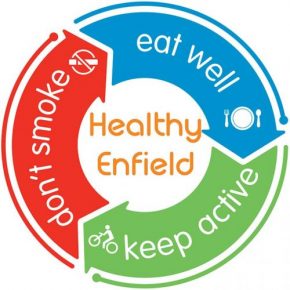Infectious diseases and infection control measures
Infections are common and for most people the risk of severe disease is low. Infections can be acquired at home or in the community and brought into settings or acquired and spread within the setting.
Further information about micro-organisms, and how to teach about them, is available from the e-Bug website.
See here for more information on how infections are spread.
Infection control
Infection control methods in schools involve:
- Hand hygiene - ensure all individuals have access to liquid soap, warm water, and paper towels. Alcohol hand gel is not effective against organisms that cause gastroenteritis, such as norovirus.
- Respiratory and cough hygiene - discourage spitting. Encourage children to cover nose and mouth with a tissue when coughing and sneezing, dispose of used tissue in a waste bin, and clean hand
- Cleaning - keeping settings clean, including equipment, reduces the risk of transmission. Effective cleaning and disinfection are critical in any setting, particularly when food preparation is taking place.
- Toileting and sanitation - preferably wall-mounted with disposable cartridges and place disposable paper towels next to basins in wall-mounted dispensers, together with a nearby foot-operated wastepaper bin
- Personal protective equipment (PPE) - conduct risk assessments that are dynamic and long-term. Wear a fluid-repellent surgical facemask and eye protection if there is a risk of splashing with blood or body fluids to the face. If reusable, decontaminate prior to next use.
- Ventilation - all settings should keep occupied spaces well ventilated to help reduce the number of respiratory germs. Open windows and doors as much as possible to let fresh air in (unless it is unsafe to do so, for example, do not keep fire doors open).
- Safe management of blood and bodily fluids - Clean any spillages of blood, faeces, saliva, vomit, nasal discharges immediately, wearing PPE. Use gloves and an apron if you anticipate splashing and risk assess the need for facial and eye protection.
- Safe management of PPE - Place any used PPE in a refuse bag and dispose of as normal domestic waste. PPE should not be put in a recycling bin or dropped as litter.
For more information see GOV.UK infection control or if unsure, contact Enfield’s local health protection team on necl.team@ukhsa.gov.uk
Outbreaks
During an outbreak or incident, when there are either several cases, or indications of more serious disease, additional measures may be required. Visit managing outbreaks and incidents for more information on what to do in the event of an outbreak in your setting. For more information on managing specific infectious diseases, visit the GOV.UK A to Z guide
Exclusion table
This guidance refers to public health exclusions to indicate the time period an individual should not attend a setting to reduce the risk of transmission during the infectious stage. This is different to ‘exclusion’ as used in an educational sense. Visit the link for a full table of exclusion periods.
Letter templates for parents and guardians in the event of an outbreak
Additional resources
